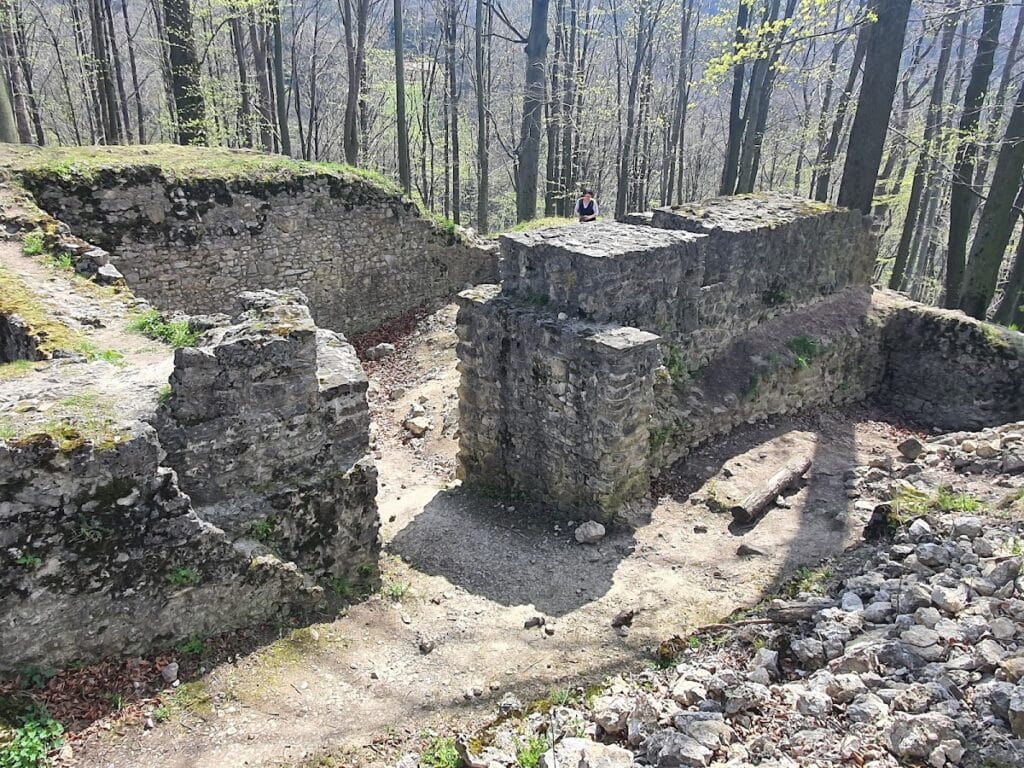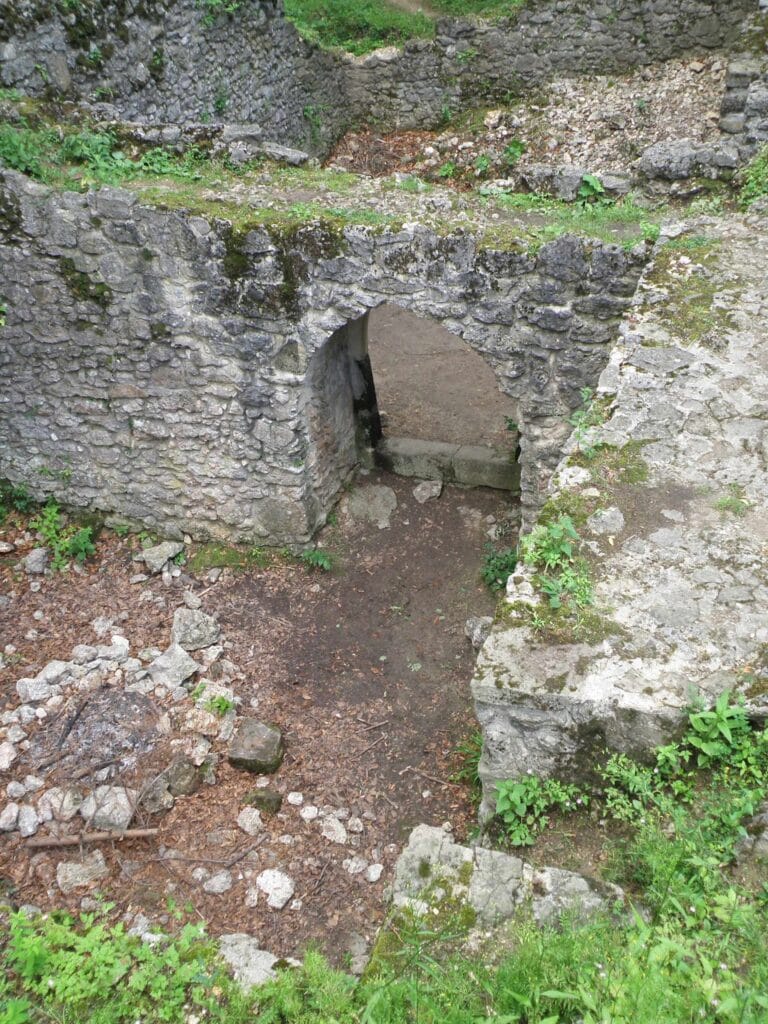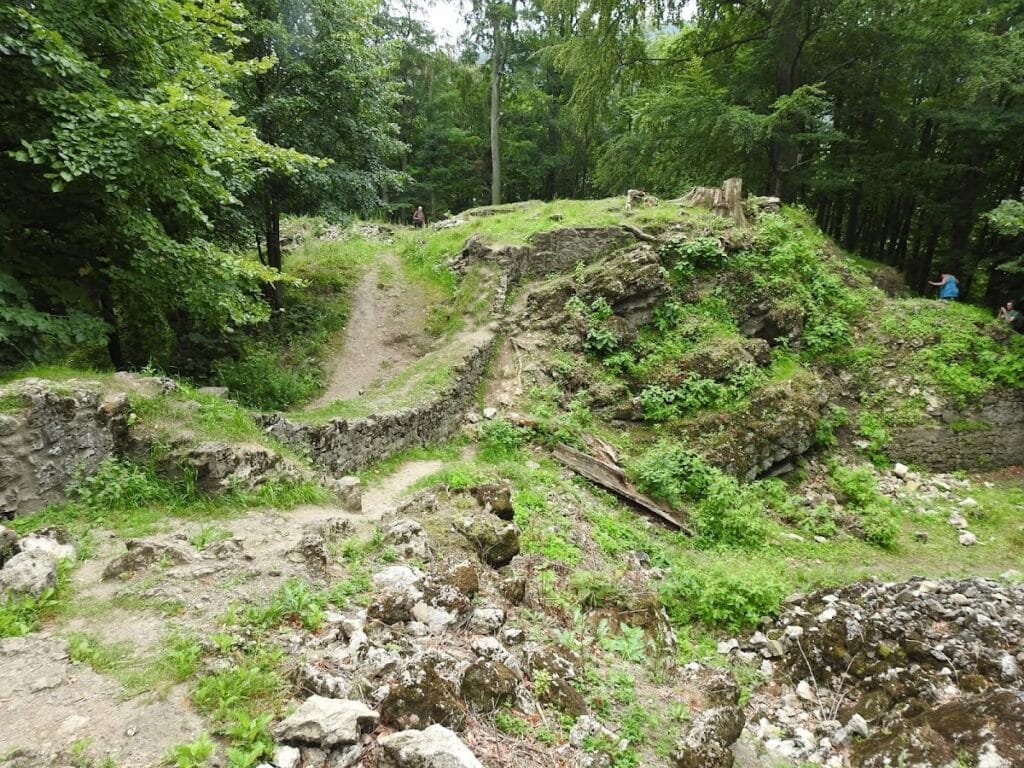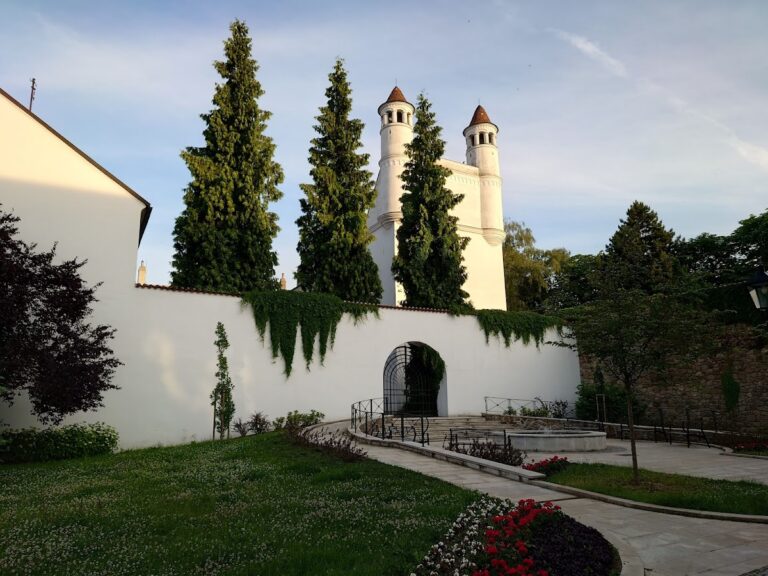Šostýn Castle: A Medieval Fortress in Kopřivnice, Czech Republic
Visitor Information
Google Rating: 4.3
Popularity: Low
Google Maps: View on Google Maps
Official Website: www.lasska-brana.cz
Country: Czechia
Civilization: Medieval European
Remains: Military
History
Šostýn castle is situated in the municipality of Kopřivnice in the Czech Republic. The fortress was established by the counts of Hückeswagen, a noble family that settled in Moravia during the early 13th century. Construction of the castle most likely took place between 1280 and 1290, with some sources suggesting a date near 1293.
The first written record of Šostýn appears in 1347, identifying it as property of Jan VII. Volek, the bishop of Olomouc and an illegitimate son of King Václav II. During the late 13th century and into the early 15th century, the castle served as a feudal stronghold in the region, frequently changing ownership among local noble families, including the Vikštejn and Lamberk houses. It played a role in the territorial disputes and conflicts that marked the period, such as the war between the Moravian margraves Jošt and Prokop Lucemburský.
In 1404, chronicles from Poland and records from the city of Kraków recount an attack on Šostýn by knights under King Władysław II Jagiełło. This assault was reportedly in response to complaints about robberies committed by Polish nobles who found refuge at the castle. Throughout the early 15th century, Šostýn was a contested site, with protracted legal battles and violent clashes between the rival noble clans of Záviš z Vikštejna and the Lamberk family occurring frequently. Around 1420, forces loyal to Bishop Jan XII. Železný captured and destroyed the fortress as part of these ongoing confrontations.
By approximately 1426, amid the upheaval of the Hussite Wars, Šostýn was abandoned. Its significance diminished as the nearby town of Frenštát rose in prominence. In 1467, Bishop Tas of Boskovice reported that the castle had fallen into ruin and was considered beyond repair.
Centuries later, beginning in 1814, the ruins underwent systematic dismantling driven by local entrepreneur Ignác Raška. He repurposed the stone for use in his nearby pottery business, which led to the extensive dismantling of the structure through the mid-19th century. Following World War II, ownership of the site transferred to the state in 1945. Among the archaeological discoveries at Šostýn is a small ivory figurine known as the Venus of Šostýn, reflecting the site’s historical depth.
Remains
The remnants of Šostýn castle occupy a hill located approximately 1.5 kilometers southeast of Kopřivnice’s town center. The site sits at an elevation of 442 meters above sea level, positioned on the western slope of what is sometimes called Piaskownia hill. This terrain features steep inclines on the southwest and west sides, while the northern and eastern sides slope more gently, connecting the castle hill via an earthwork embankment to a nearby plateau containing a pond. The layout suggests careful strategic planning, including access to a water source.
The surviving structure is primarily built from stone, as evident in the exposed masonry and foundational elements. Among the visible archaeological remains are the uncovered foundations of the bergfried, which served as the castle’s main tower and defensive stronghold. Adjacent to these are partially reconstructed vaulted cellars belonging to the castle’s palace, showcasing medieval stone vaulting techniques.
In addition, there are remnants of the entrance buildings that once controlled access to the fortress, along with scattered masonry and evidence of deliberate modifications to the surrounding rock and soil to adapt the natural landscape for defense. These earthworks helped secure the position and facilitated connections between different parts of the castle complex.
Today, the ruins stand in a fragmentary state but remain open for public exploration. The conservation of architectural features such as the bergfried’s foundations and palace vaults allows for an understanding of the castle’s original scale and function. The site’s archaeology also includes the notable discovery of the ivory figurine known as the Venus of Šostýn, which adds a unique cultural artifact to the castle’s historical record.










